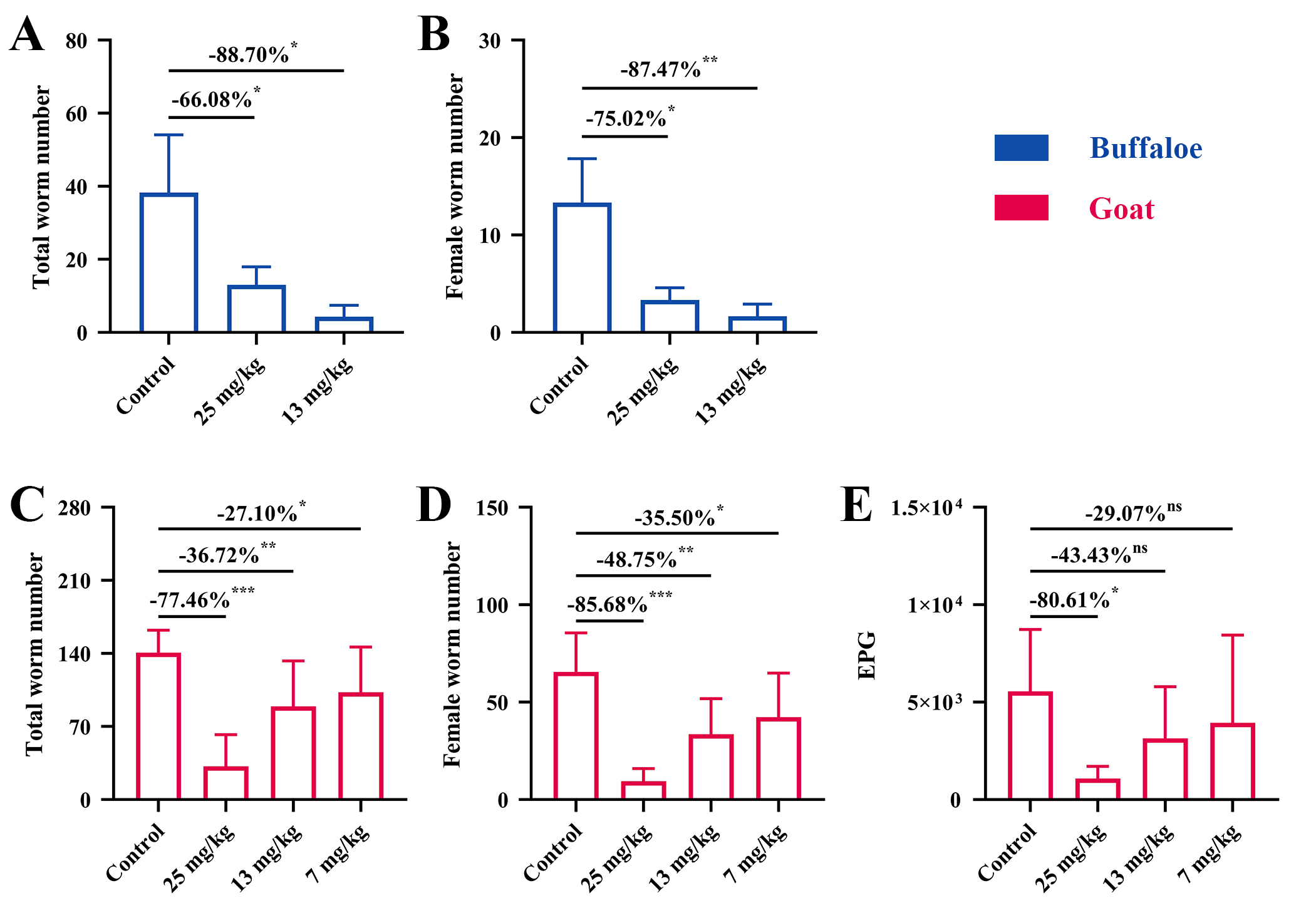
Recently, a series of studies by SHVRI CAAS, demonstrated that preventive administration of praziquantel can significantly reduce the infection rate of Schistosoma japonicum. This finding provides a practical and feasible new approach for schistosomiasis prevention and control in high-risk populations and livestock. The related results were published in Tropical Medicine and Infectious Disease, Microorganisms, and Acta Tropica.
Currently, schistosomiasis control mainly relies on avoiding contact with infested water and treating infected patients. However, in high-risk scenarios such as floods, tourism, and pastoral areas, preventive medication may serve as an important supplementary strategy.
The results showed that oral administration of praziquantel twice before infection significantly reduced worm burden and hepatic egg deposition, with protective effects lasting about 18 days. Further analysis revealed that praziquantel also altered the host’s immune-physiological state, such as increasing levels of immune factors like interferon-γ and interleukin-2, thereby enhancing host resistance to schistosomes. These findings suggest that praziquantel may reduce infection rates by activating the host immune system and interfering with parasite development at the early stage of infection.
The research team recommends incorporating preventive praziquantel administration into integrated control strategies for humans and animals during high-risk transmission seasons in endemic areas, in combination with intermediate host control and health education. This approach may accelerate progress toward schistosomiasis elimination.

Preventive Administration of Praziquantel Can Reduce Schistosoma japonicum Infection Rates in Livestock
Master’s students Shao Bing and Gui Xiang, along with Assistant Researcher Zhong Haoran from the Shanghai Veterinary Research Institute, are co–first authors of the related papers. Researcher Liu Jinming of SHVRI is the corresponding author. This study was supported by the National Natural Science Foundation of China, the Shanghai Natural Science Foundation, and the Science and Technology Innovation Project of CAAS.
Link:
https://pubmed.ncbi.nlm.nih.gov/41003572/
https://pubmed.ncbi.nlm.nih.gov/39858785/
https://pubmed.ncbi.nlm.nih.gov/36863502/

